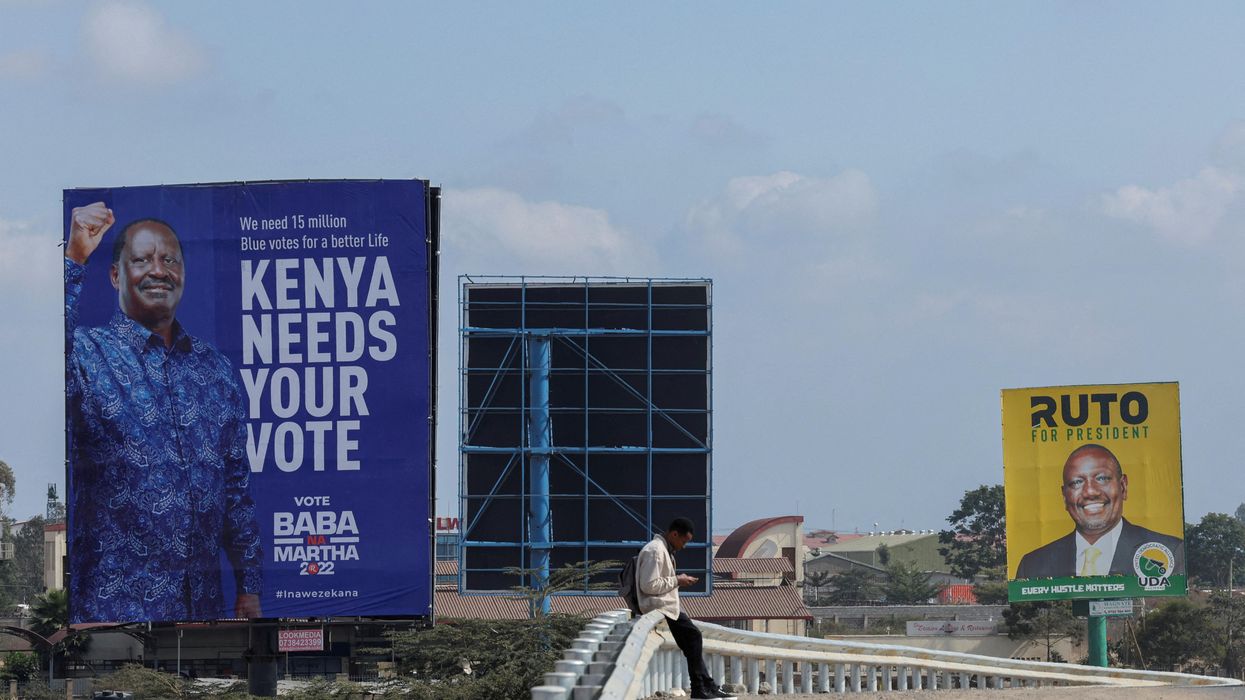Viewpoint
Kenya’s two-and-a-half presidential horse race
On Aug. 9, Kenya’s 22 million registered voters will go the polls to pick a successor to the outgoing President Uhuru Kenyatta, who is barred from reelection by term limits. They will also select new national- and county-level lawmakers and county governors. For the presidential contest, Kenyans are presented with a batch of familiar faces to choose from. Yet even by the standards of the country’s ultra-transactional, unpredictable politics, this year’s electoral playing field is an unusual one. We spoke with Eurasia Group analyst Connor Vasey to learn more.
Aug 01, 2022

